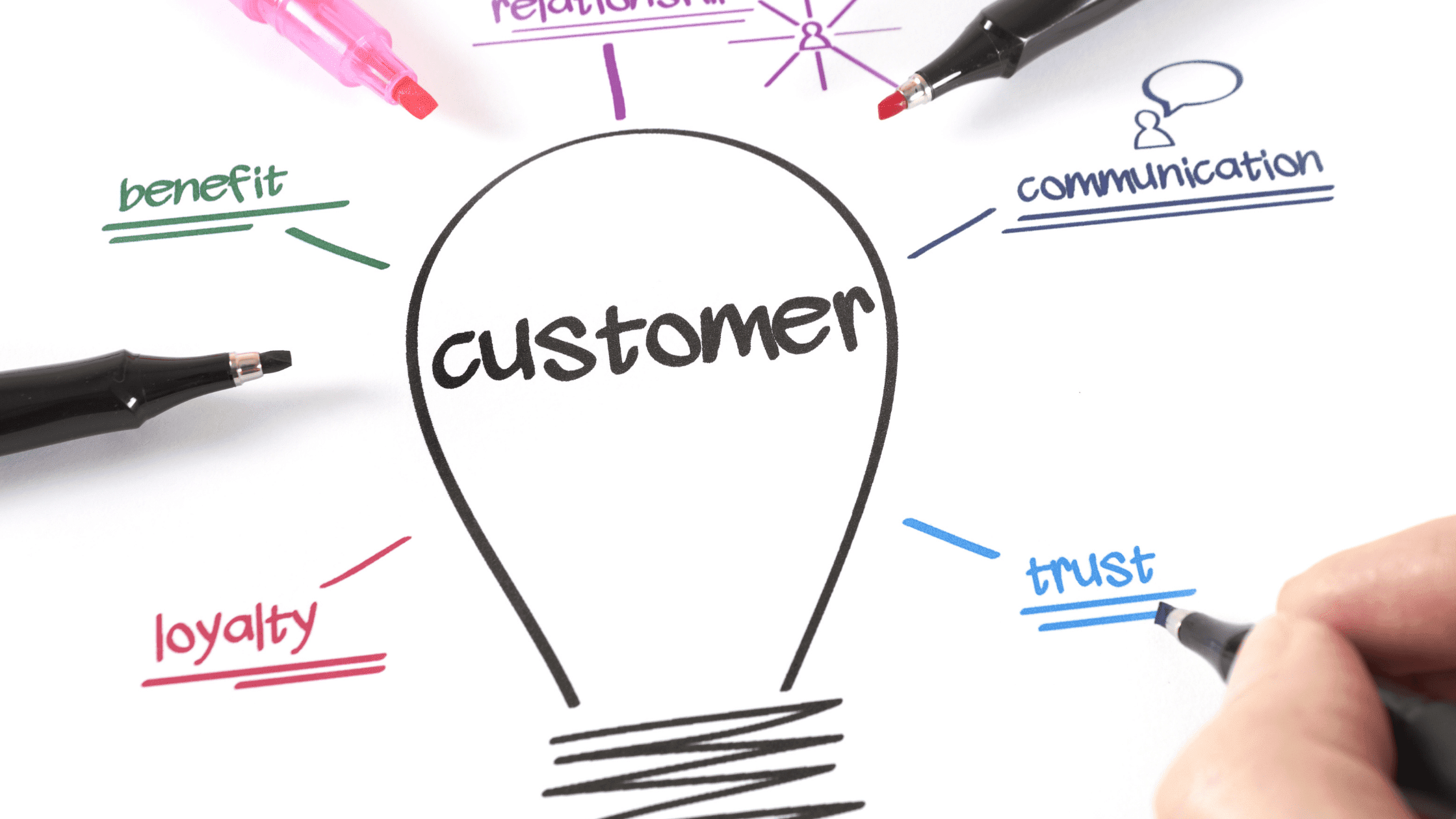In this article, I’ll give you tips on how you can use storytelling for marketing and sales.
A good story reinforces ideas, clarifies thoughts, and helps recipients to get insights on which to base their future decisions. In business and advertising, this is called business storytelling.
Storytelling in business is a great way to convey a message through emotions.
Importance Of Storytelling For Marketing
Using storytelling when you work with inbound marketing, not only helps you to get noticed but makes your audience feel and understand your offer. It creates an emotional connection between what the company is passionate about and what your prospects or customers need.
Storytelling in sales and in digital marketing is about standing out – not blending in. It’s about making your audience remember you.
Your goal is to add a human touch where the recipient understands what you are trying to convey. By resonating with the audience, you increase the chance of them making a decision based on those feelings.
“People don’t buy what you do; they buy why you do it and what you do simply proves what you believe” – Simon Sinek
What You Need To Create A Good Story

To make a story interesting, you need to have three main components:
- There must be one or more characters
- Build an expectation of something that could happen
- The story must have a solution and convey an insight
Characters In The Storytelling Framework
A story should be about someone.
It can be about:
- you, i.e., as an individual or the company you work for
- your audience, often appealing to their needs
- a third person e.g., a customer or someone your target audience can relate to
Stories From Your Perspective
In this case, you are the main person – as an individual or representing your company. This is a personal story about something you have experienced before or are going through currently.
By using first-person pronouns (“I” or “We”), your narrative feels more genuine. You can show vulnerability, which in turn builds credibility. For example, you can admit that you had a similar problem before but learned how to deal with it and found the solution.
The Audience’s Perspective
Another perspective is to share the story about the person consuming the content. Therefore, the character is the audience. The story could be about your company, challenges, successes, or target audience.
For the story to be credible, it is important that you know your audience well. You need to be familiar with how the person reading your story thinks and feels and what challenges they face.
It will not be credible if you just make up a story and hope that it resonates with your audience. This is where your work with personas comes in handy. Read more about how to map your customers’ obstacles, problems, and challenges in this article about buyer personas.
By showing that you understand your audience, you can create a sense of empathy and make them feel that you want to help them solve their problem.
Third Person’s Perspective
The most common type of storytelling is usually about a third person’s perspective. That person could be real, e.g., a customer. It can also be a fictional person or a representation of someone.
Talking about a person, a company, or an entire industry can resonate with the audience. It evokes a feeling of security that they are in the right place.
There are more perspectives to use in storytelling. For example, one of them is to write about “Us” i.e., as people, as an industry, or as marketers. The angle you choose simply depends on what you want to convey and to whom.
The Plot Of The Story
For an engaging story, something needs to happen. Often the plot is the basis for insight or transformation. In business, it can be translated into a change. It is simply the lesson of how the character in the story changes what happens.
If your story lacks action or conflict, it’s probably not a good story. It’s rather a sales pitch, a report, or something that might not even be worth telling.
Use conflicts in your storytelling to create an emotional connection. For example, you can share how a process worked for a customer before and after buying your services or products. Make your audience understand what this meant for the customer.
Use a combination of text, images, audio, and video to further reinforce the message. The right visuals and expression help the visitor to remember your story.
The Insight – The Solution In Storytelling
How do all good fairy tales end?… And so, they lived happily ever after.
The solution in the story fulfills the purpose. That’s why you wanted to tell your story in the first place.
Without telling the story of how the prince fought against seven-headed dragons, or how the princess lived locked in a tower and was almost married to a monster, the ending would not have been so impactful. It would fall flat.
It’s the same thing in business. If you just say outright what you are selling, it can feel flat and uninteresting. But try to convey why you do what you do.
Paint a picture of what the customers have gone through along the way, weaving your offer into a story that evokes emotions.
You might also be interested in checking out the Story Titles Generator.
How To Use Good Storytelling In Business
It is important to note that it is the story that is the mainstay of storytelling. With the help of audio, video, and images, the story can be further enhanced.
Here are some examples of good storytelling in business:

Ciena, a company whose products increase the capacity of fiber networks and support service providers such as Netflix did a powerful campaign a while ago.
They reached out to their users to explain why their service is important. They also managed to turn a seemingly boring technology product into an attractive backstage experience.
Good Storytelling In Sales To Gain Recognition
Tanium, an endpoint security management platform presents its purpose, through a well-produced video that can almost be seen as a masterpiece in storytelling. Why? Instead of talking about all the technology, engineering, and services that they offer, they go into the harm caused by the server.

They describe the cost of doing nothing as a “7 figure threat”. Finally, they show how their platform can secure businesses from avoiding negative consequences.
Tanium shows that technology is really about people and by putting people first, the best technology is created.
Volvo Shows Why Their Cars Are The Way They Are
It is interesting to note that over the years, Volvo has managed to capitalize on the harsh winter climates that prevail in the north. They provide a sense of security and safety that people value. Volvo explains the purpose behind its brand through a fantastic video “Winter’s Tale“.
Example Of Storytelling Where The Product Is Used As The Main Character
Volvo Trucks are known for their storytelling in sales. They came out with the legendary commercial Epic Split.

The Hollywood star Jean-Claude Van Damme performs a split between two trucks backing simultaneously to show remarkable precision. The video has reached over 100 million views on YouTube.
Another video was also released, The Tower, where Volvo Trucks’ CEO stands on top of a stack of trucks. It’s a video that lets the power of the company’s products speak for itself.
But you are probably wondering now whether you have to spend millions to reach out with your message through storytelling. No, of course not. These are just examples of companies that have taken storytelling for marketing to another level.
You can create stories in different formats – through text, pictures, videos, or podcasts. It’s all about what you want to convey and the way you do it to reinforce your message. With simple means, you can show your customers how easy it is to use your products or services.




